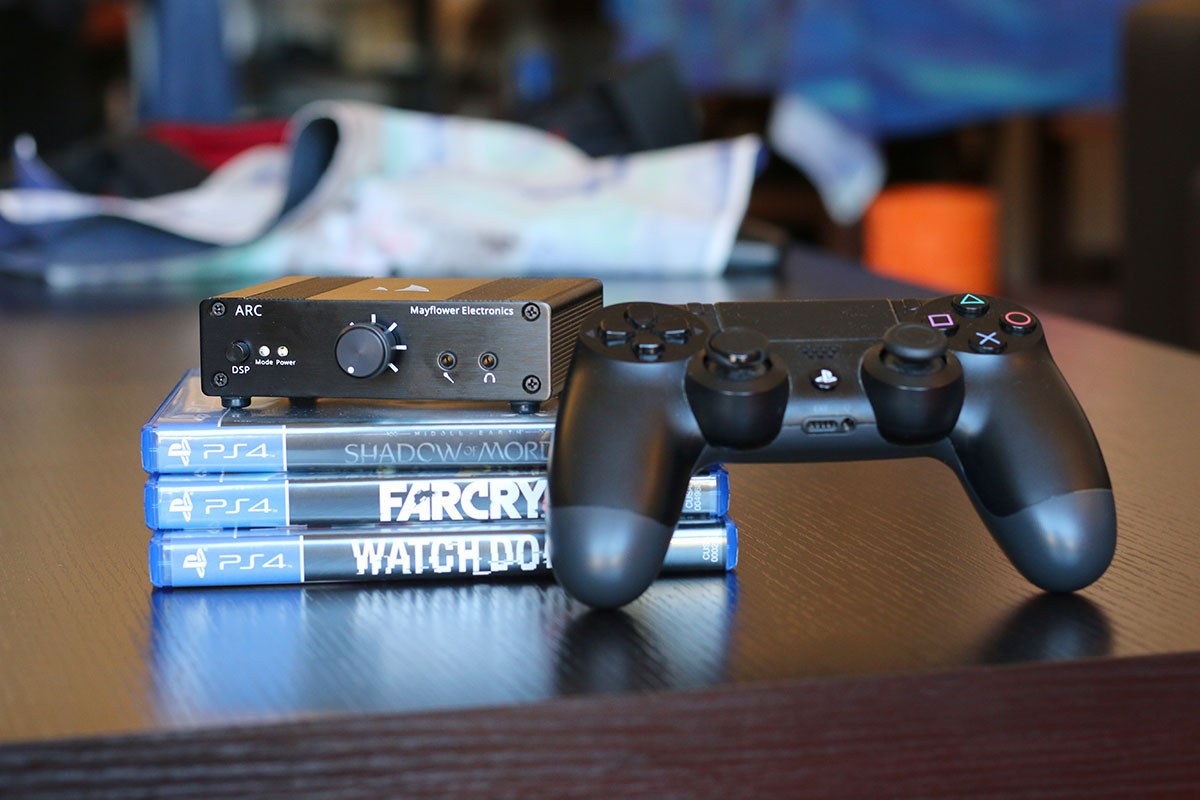
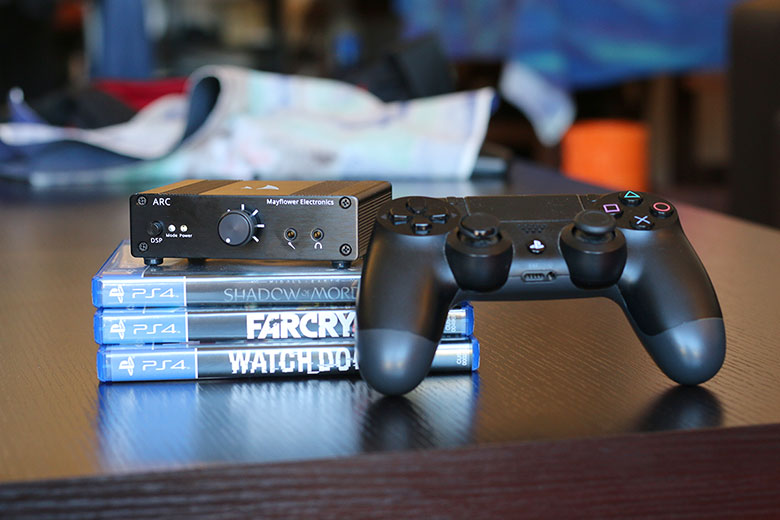
The Master Switch


The Master Switch
It’s actually quite rare to find dedicated amplifiers for gaming headphones. Mayflower Electronics want to change that. They may not be a household name yet, but they want to take over the gaming space by convincing players that they deserve excellent headphone sound. They plan to do it with their ARC amp/DAC. We recently got to hang out with one for a few weeks, and we’ve got strong opinions on its sound, design, packaging and accessories, specs and more. If you'd like additional options, see our list of the best headphone amps.
We’ll say this for the Mayflower Electronics ARC: it’s definitely designed by gamers. That’s because its name stands for Aural Resonance Cascade, a nifty in-joke that only players of the Half Life series will understand (oh, well, if we must: a resonance cascade is the quantum event that kicks off the game’s alien invasion, opening a portal to the Xen dimension). However, it’s a joke that falls just a little bit short. The Half Life cascade was cataclysmic; the Mayflower one is a little bit more pedestrian.
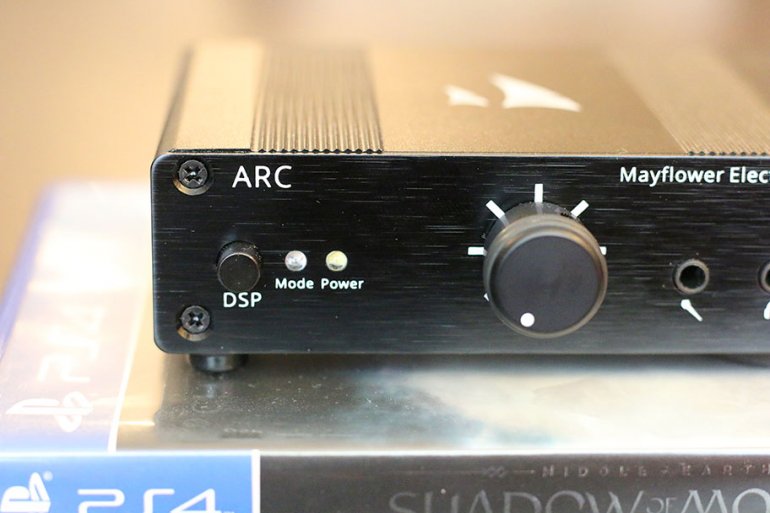
When we reviewed the O2 amp from JDS Labs, we commented on just how neutral it was, providing an almost reference-grade experience. “It’s definitely not going to be for everyone,” we said. “But we revelled in just how much of a success it made of achieving its goal. It’s the very definition of reference-grade, a breathtaking audio experience that shows off one really, really good trick. Bravo.” This neutrality is just where the ARC deviates from the O2, and showcases just how different its innards are. The initial sense was that of an immediate and pronounced upgrade to the piddly amplifier contained in our PS4 and its control pad, would sound instantly having more definition and clarity. We were left impressed by just how weighty and powerful the audio sounded, especially when it came to actually representing in-game sound.
We don’t normally name-check specific songs, albums, games, and movies while reviewing, but we are going to do so here, simply because the experience was so good. Playing something like Hellblade: Senua’s Sacrifice, a horror game which relies heavily on surround sound, and which explicitly advises you to use headphones, was made utterly unbelievable by use of the ARC. The sound had a depth and richness to it that left our previous experiences in the dust. The internal digital-to-analogue converter (DAC) felt clean and clear, and our experiences with the microphone input were good, as well. We never had any issues hearing our teammates while playing.
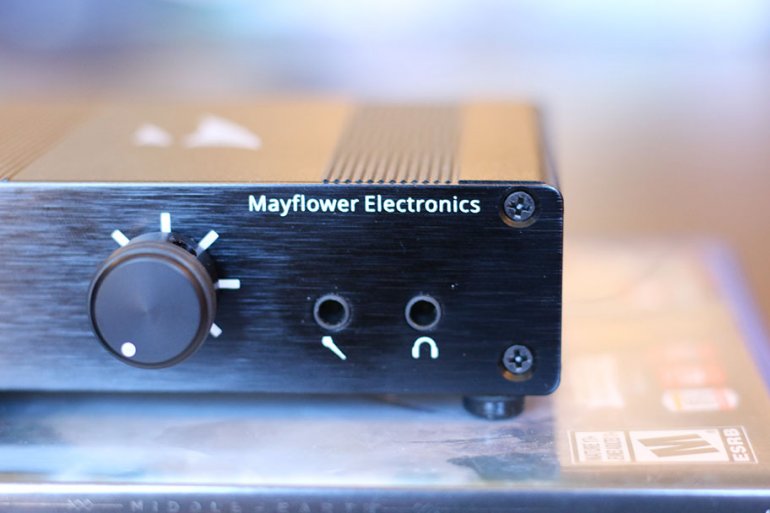
It must be said that the DSP (Digital Signal Processing) option – a bass boost and nothing more – didn’t do much for us. Clicking the button on the front silences the music for a second while the feature kicks in, which is a little annoying to start with, and the effect really doesn’t add anything to the music. When the base sound of the amplifier is good enough already, this option feels a little bit tacked on, and we didn’t think it did the sound any favors. Also, it was faintly annoying that it was labelled as DSP. Surely just BASS would have sufficed? In any case, the audio quality worked well in other games, as well as movies. Gunfire had terrific snap and kick, explosions felt appropriately weighty, and incidental atmospheric noises had a high level of detail. When we tested it with music – for this amp removes very happily between working as a piece of gaming gear, and running as a stand-alone headphone booster – we got the same sense of clarity and power. Hardly surprising, given that the amp outputs 1 watt at 32Ω (here’s an explainer if that doesn’t make sense), which is more than enough to power just about any headphone you throw at it.
It must be said that while we definitely enjoyed the audio experience, the sound isn’t a world-beater. It’s not going to knock things like the iFi Audio micro iCAN SE (full review here) off our best-of list. Even the original O2 has it beat, because while it might not match this amplifier for power and definition, it does its one lone audio trick incredibly well. What we have here is an amp that offers very, very good sound, without doing anything that really blows our mind. We don’t want you to take that as a negative; like the design, everything here works well, and doesn’t take anything off the table. It’s not a top-10 amplifier, by any means, but it more than makes up for it with its functionality.
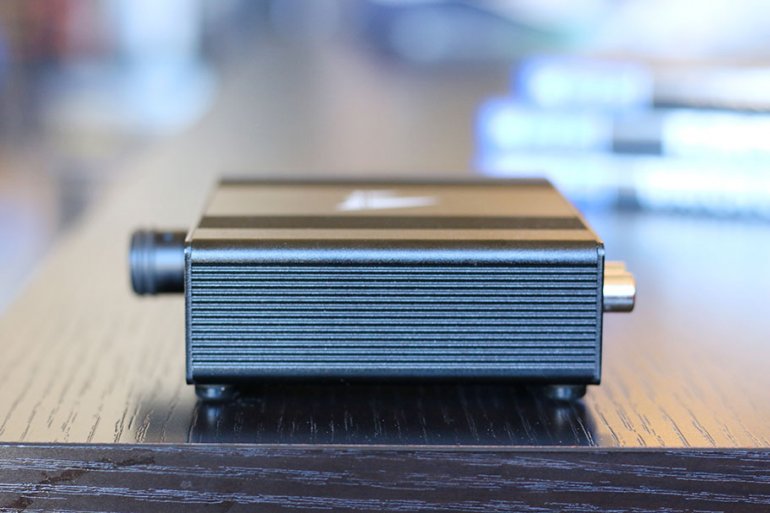
However, it must be said that when we first clapped eyes on the amp, we were a little unimpressed. That’s because from the outside, it’s virtually identical to every 02 amp ever made. The O2 amp (it stands for Objective2) is a famous open source amplifier design, and plenty of companies have made their own versions. The aforementioned one from JDS Labs has exactly the same housing as the ARC. However, Mayflower’s Tyler Chilton assured us that “The ARC has nothing in common with the O2 but the case, it's a totally different design and manufacturing process.” We’d agree with that. Not just because of the sound, but because of the sheer number of features you get. On the front end, a smoothly-travelling knob controls both the main power and the volume, and you have not one but two outputs: one for your headphones, and one for your microphone. Round the back, you get a whole range of gizmos and doodads, including an optical in, a USB in, a hi-lo gain switch – always a nice touch – a second mic out, and even two preamp outputs for connecting to powered speakers. An automatic switch inside disables these when headphones are connected.
Everything here works well, and it gives you a range of options, no matter what setup you want to connect it to. Linking this to a PS4 is as simple as connecting via USB. Microsoft, however, make things a little bit more difficult – you have to use the optical connection, and, as Chilton says, “if you'd like to use the microphone you'll have to plug it into the ARC, then controller, or directly into the controller.” Not ideal, but hardly Mayflower’s fault, given how stingy Microsoft are with their licensing. Right now, the amplifier won’t work with the Nintendo Switch, as it lacks an optical port. Again, that’s not exactly on Mayflower, but worth bearing in mind before you fire up Super Mario Odyssey.
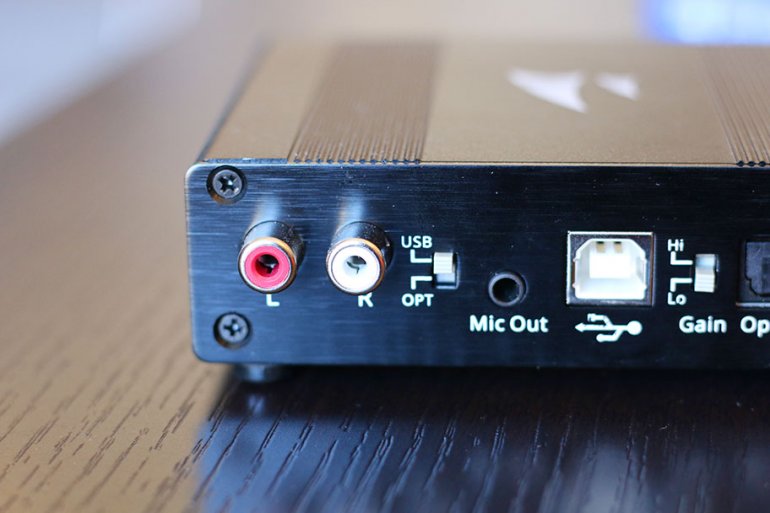
Moreover, this is an amp that feels highly robust, and it’s clear that a fair amount of thought has gone into the build and construction. It’s light enough, with four rubberised feet that ensure it won’t slide around on a surface. And it must be said, even though it’s very common, we do think the industrial look of the housing works well – especially paired with the Mayflower logo on the top. If we had one criticism of the design, it’s that we found ourselves wishing for a 6.3mm headphone port, as opposed to the included 3.5mm. If you’re at the stage of buying a dedicated headphone amplifier for your gaming system, then the chances are you have a decent pair of headphones, which will almost certainly have a 6.3mm jack. While it’s no issue to add an adapter (here’s one that costs less than a beer), it does add an extra little annoyance to the process. Hopefully this is something that can be fixed in a later version of this particular amp. So despite the identikit looks, we’ve got no issue with the design and features. It takes nothing of the table, and brings a great deal to it. You even get a very generous warranty – ten years from date of purchase. Although this is so solidly-built that we can’t really see anything going wrong here.
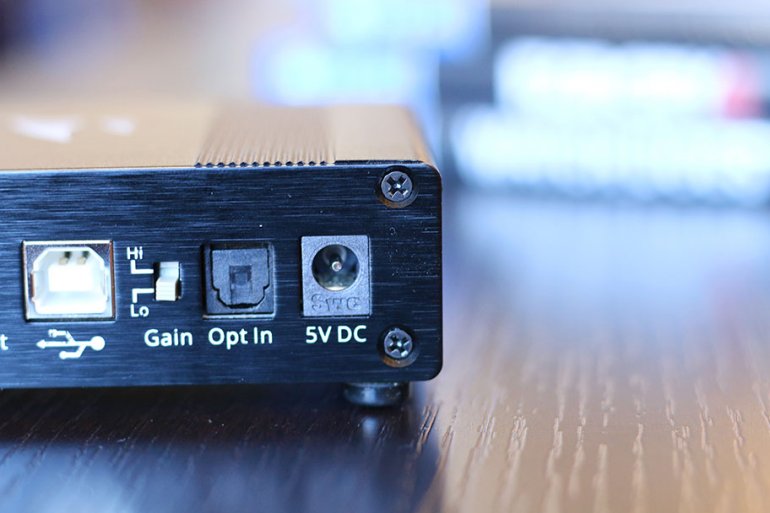
Unsurprisingly, there’s nothing to get enormously excited about here. Like other aspects of this particular amplifier, the accessories and packaging get the job done. You get a standard, unexciting cardboard box, which contains not only the amplifier, but also two cables. You get a good-length USB cable, the direct connection to a PS4 or a laptop, as well as a wall-wart power supply. While it might have been nice to see this amp run off purely USB power, it’s far from a major issue. These accessories do exactly what they set out to do, and that’s good enough for us. If you lose any, there’s a good range of spare accessories available on the Mayflower website - so don’t stress is one falls down the back of the couch.
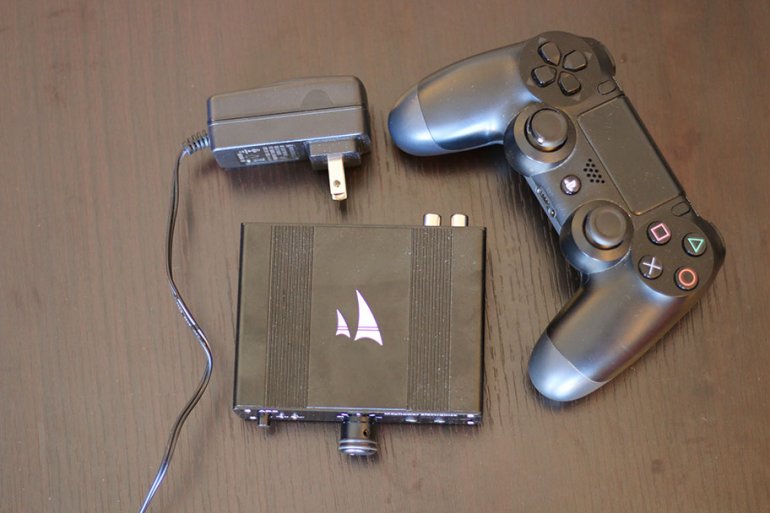
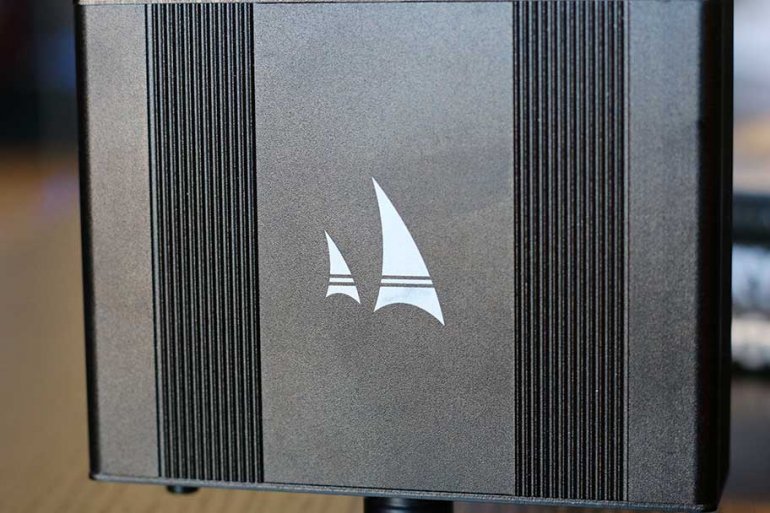
| Amp | Price | RHI* | WPC** | DAC*** | Weight | Dimensions |
|---|---|---|---|---|---|---|
| Mayflower Electronics ARC | $250 | 32-600Ω | 1W/32Ω | Yes | 8.5oz | 4.25" x 3.25" x 1.25" |
| Sennheiser GSX1000 | $225 | 16-150Ω | Unknown | Yes | 13.8oz | 5.6" x 5.5" x 2.8" |
| Creative Sound Blaster Omni | $77 | Unknown | Unknown | Yes | 7.7oz | 9" x 3" x 6" |
| Creative Sound Blaster X G5 | $150 | Unknown | Unknown | Yes | 14.4oz | 6.2" x 5.8" x 1.7" |
| Mayflower O2/ODAC | $250 | 16-600Ω | Unknown | Yes | 1.5lbs | 4.3" x 4" x 1.5" |
*RHI = Recommended Headphone Impedance
**WPC = Watts Per Channel
***DAC = Digital-to-Analogue Converter
Want Even More Master Switch? Sign Up For Our Weekly Newsletter!
When someone says the words “gaming amplifier” the Sennheiser GSX1000 is what we picture. It looks like it came from the control panel of a rocket ship, with eyebrow raising design that throws the rule book out the window. You get a good range of features, and although the sound quality isn’t quite as good as the ARC, it still holds its own. It’s also cheaper than the ARC, at $225, although you will have to take the loss of an optical port, meaning no XBox. PC and Mac should work fine, however - although unlike the ARC, there's zero console support.
It’s actually quite rare to find an amplifier with an integrated microphone. The Creative Sound Blaster Omni is one of the few options available, one that is far cheaper than the ARC ($77 to the ARC’s $250). It’s arguably not directly comparable, but it’s a good budget choice nonetheless. Sound quality is nothing to write home about, but you do get a range of inputs and outputs, including an optical out – which isn’t going to help you get audio from your XBox, but is nice to have. And it looks terrific.
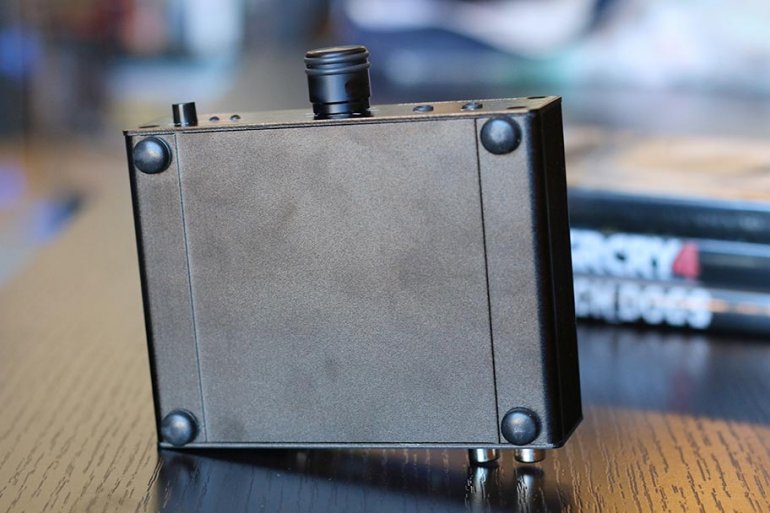
Creative definitely dominate the space, and their Sound Blaster X G5 – while it could hardly be accused of actually blasting sound – manages to make a lasting impact. It’s $100 less than the ARC, and we don’t think it’s better than either that or the Sennheiser GSX1000, but it does the job. While that doesn’t leave a lot of room for inputs and outputs, you do get enough to work with, and the sound quality is perfectly acceptable. If you don’t have enough for either the Mayflower or the Sennheiser, but still want something with a bit of meat on its bones, check this one out.
If you did want a standard version of the O2 amp with an included ODAC, and no mic, then it’s worth going to look at Mayflower’s Desktop Objective2/ODAC. Don’t expect anything revolutionary here - you’re still getting the same open-source design and identikit housing - but it’s a nice option. And at $250, it’s identically priced (at the time of writing) to the ARC.
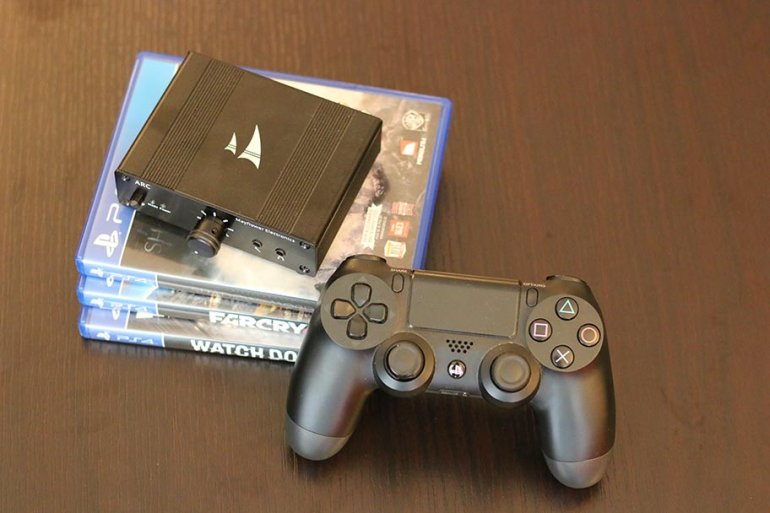
Speaking of price: right now, you could argue that the amount of features in the ARC more than justifies this price, but on the other, it still seems a little bit expensive for what you get. Will gamers be willing to pay this much for an amplifier, when so much gaming equipment is already expensive? When things like gaming monitors can cost hundreds of dollars already? And that’s before you start talking about the actual computers themselves. Chop off the price, and it might be a touch more attractive. Ultimately, this is a very good amplifier that doesn’t quite reach the heights of greatness. But it does leave us excited for whatever Mayflower do next.
See the Mayflower Electronics ARC See the Best Headphone Amps